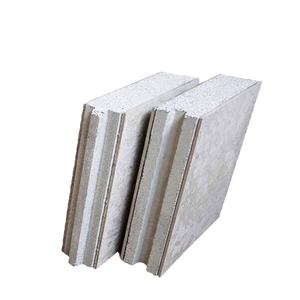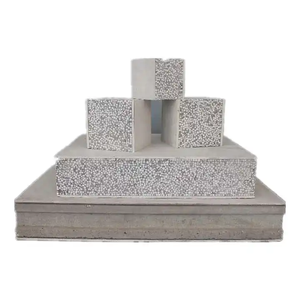Crafting your own concrete admixture parameter is an exciting and rewarding process that allows you to tailor the properties of your concrete precisely to suit your specific project needs. This can be particularly useful in situations where off-the-shelf admixtures do not meet your stringent requirements or when you wish to incorporate unique characteristics into your concrete.
(Mix Master: Crafting Your Own Concrete Admixture)
The first step in crafting your admixture is understanding the fundamental components and their functions. A typical admixture includes water reducers, air entraining agents, plasticizers, retarders, accelerators, and superplasticizers. Each serves a distinct purpose:
1. **Water Reducers**: These additives decrease the water content in concrete, enhancing its workability and strength without compromising its durability.
2. **Air Entraining Agents**: They introduce small air bubbles into the concrete, improving its resistance to freezing and thawing and reducing internal stresses.
3. **Plasticizers**: These improve the flowability of the concrete, making it easier to handle and pour.
4. **Retarders**: They slow down the hydration process, giving you more time to work with the concrete before it sets.
5. **Accelerators**: They speed up the hydration process, which can be crucial for rapid-curing applications.
6. **Superplasticizers**: Highly effective water reducers, they enable the use of less water while maintaining high workability.
To create your admixture, start by identifying the key properties you want to achieve. For instance, if you’re working on a coastal construction project, you might prioritize admixtures that enhance durability against saltwater intrusion. Or, if you’re focusing on a large-scale industrial floor, you might emphasize the importance of high compressive strength and rapid curing.
Next, select the appropriate ingredients based on these needs. For instance, you might choose a combination of water reducers and air entraining agents for improved workability and durability, respectively. The precise ratio and type of each component will depend on your specific requirements and the nature of the concrete mix.
Finally, test your admixture thoroughly in a controlled environment before applying it to your project. This testing phase is critical to ensure that your admixture performs as expected under real-world conditions. You’ll need to monitor various parameters such as the concrete’s slump, setting time, strength development, and overall performance.
(Mix Master: Crafting Your Own Concrete Admixture)
Remember, the process of creating your admixture is iterative and requires continuous refinement based on feedback from testing and practical application. With patience, experimentation, and a deep understanding of concrete chemistry, you can develop an admixture that perfectly meets your project’s unique demands.
Inquiry us
if you want to want to know more, please feel free to contact us. (nanotrun@yahoo.com)

